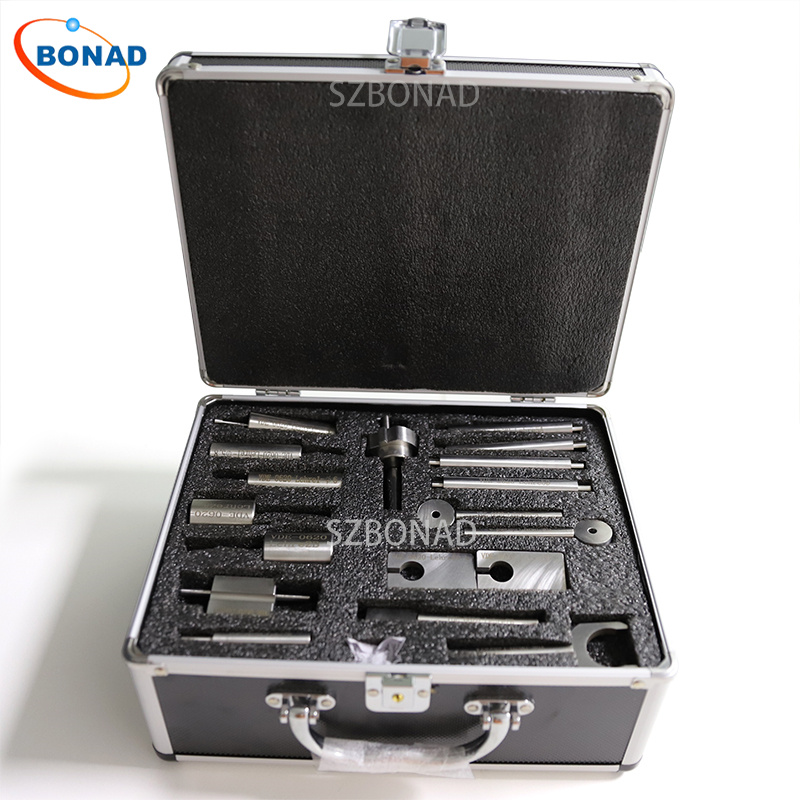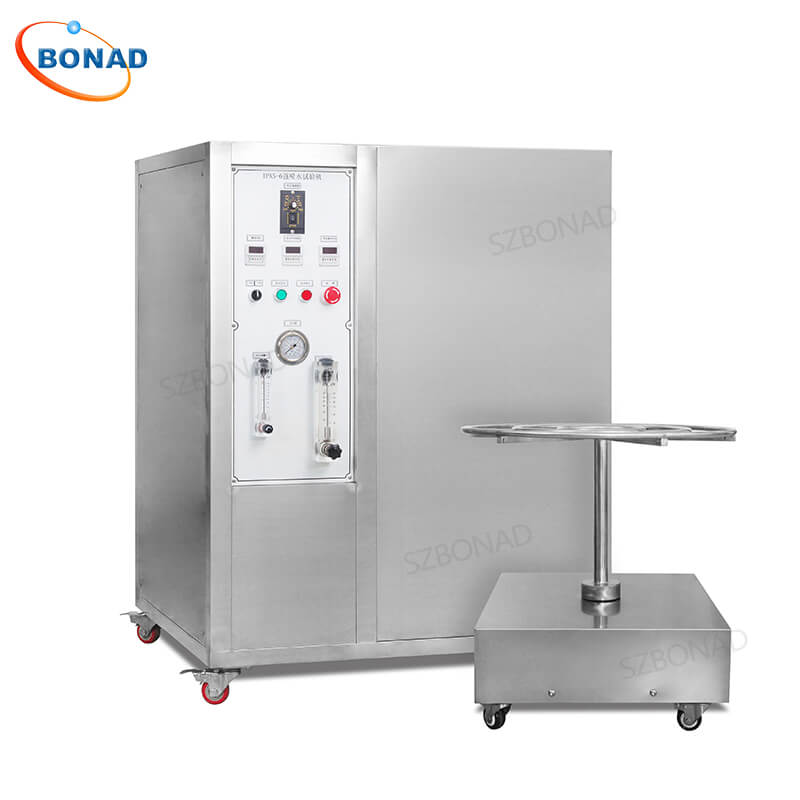In environmental testing and product design, Ingress Protection (IP) ratings are essential for defining how well equipment resists dust and water. Two ratings often cause confusion: IP6X and IP5X. While both offer high dust resistance, their differences significantly impact product reliability in harsh environments. This guide breaks down their distinctions, applications, and the vital role of IP6X test chambers in certification.
What Do IP Ratings Mean?
IP ratings (e.g., IP6X, IP5X) are international standards (IEC 60529) defining an enclosure’s protection against solids (first digit) and liquids (second digit). The “X” means liquid protection is unspecified or not tested.
- First Digit (Solids/Dust): Ranges from 0 (no protection) to 6 (highest dust protection).
- Second Digit (Liquids): Ranges from 0 to 9K (highest water protection).
IP6X vs IP5X: The Dust Protection Divide
The core difference lies in the level of dust ingress prevention:
- IP6X Rating: Complete Dust Tightness (Dust-Tight)
- Protection Level: Completely prevents any dust ingress. Offers the highest possible dust protection under the IP code.
- Testing: Achieved using specialized IP6X test chambers that create extreme dust conditions (e.g., talcum powder) per IEC 60529 standards. The device must show zero dust penetration inside.
- Applications: Critical for environments where even microscopic dust causes failure, contamination, or safety hazards:
- Aerospace components
- Medical devices & surgical equipment
- High-precision manufacturing machinery
- Sensitive electronics in extreme conditions (deserts, mines)
- Cleanroom equipment
- IP5X Rating: Limited Dust Ingress Protection (Dust-Protected)
- Protection Level: Prevents harmful quantities of dust. While highly protective, it does not guarantee complete dust exclusion. A small amount may enter, but not enough to interfere with operation.
- Testing: Also performed in dust test chambers but to a less stringent level than IP6X.
- Applications: Suitable where dust is present but complete sealing isn’t critical or cost-prohibitive:
- General industrial controls & sensors
- Consumer electronics (e.g., outdoor speakers, some smartphones)
- Automotive components (non-critical areas)
- Internal building equipment
IP6X vs IP5X: Which Rating Do You Need?
Choose IP6X if:
- Zero dust ingress is non-negotiable (safety, precision, contamination risk).
- Operating in extremely dusty or hazardous environments (sandstorms, industrial processing).
- Product failure due to dust has severe consequences (cost, downtime, safety).
Choose IP5X if:
- Significant dust protection is needed, but absolute sealing isn’t critical.
- The operating environment has moderate dust levels.
- Cost-effectiveness is a major factor, and slight potential dust ingress is acceptable.
The Critical Role of IP6X Test Chambers
Achieving and verifying the IP6X rating demands rigorous testing in specialized IP6X dust test chambers. These chambers are indispensable for:
- Certification: Validating a product meets the IEC 60529 “dust-tight” standard.
- Design Validation: Testing seals, gaskets, and enclosure integrity under controlled, extreme dust conditions.
- Quality Assurance: Ensuring consistent dust protection during manufacturing.
- R&D: Iterating designs and materials for maximum environmental resilience.
SZBONAD IP6X/IP5X Test Chamber Solution:
Ensure your products meet the highest standards with the SZBONAD BND-IP56X Sand & Dust Test Chamber. This advanced equipment:
- Performs both IP5X and IP6X dust protection tests compliant with IEC 60529.
- Simulates harsh dust/sand environments for electronics, automotive parts, lighting, enclosures, and more.
- Features precise control over dust concentration, temperature, and humidity.
- Offers customization to meet specific testing requirements.
Conclusion:
Understanding the difference between IP6X (dust-tight) and IP5X (dust-protected) is crucial for selecting the right protection level for your product’s intended use. IP6X offers absolute defense against dust, essential for critical applications, while IP5X provides robust protection where complete sealing is less vital. Reliable certification, especially for IP6X, depends on precise testing using dedicated IP6X test chambers.
Need IP6X or IP5X Testing Solutions?
Contact the environmental testing experts at SZBONAD today. We’ll help you select or customize the perfect test chamber to ensure your products achieve the required ingress protection ratings for global markets and harsh conditions.
Contact Us: Email zhy@szbonad.com to learn more about the BND-IP56X Dust Test Chamber and elevate your product’s reliability.



